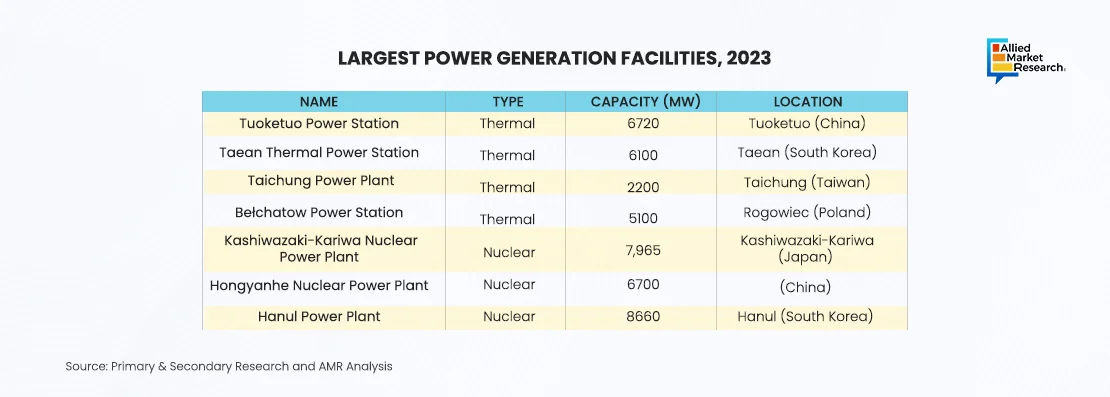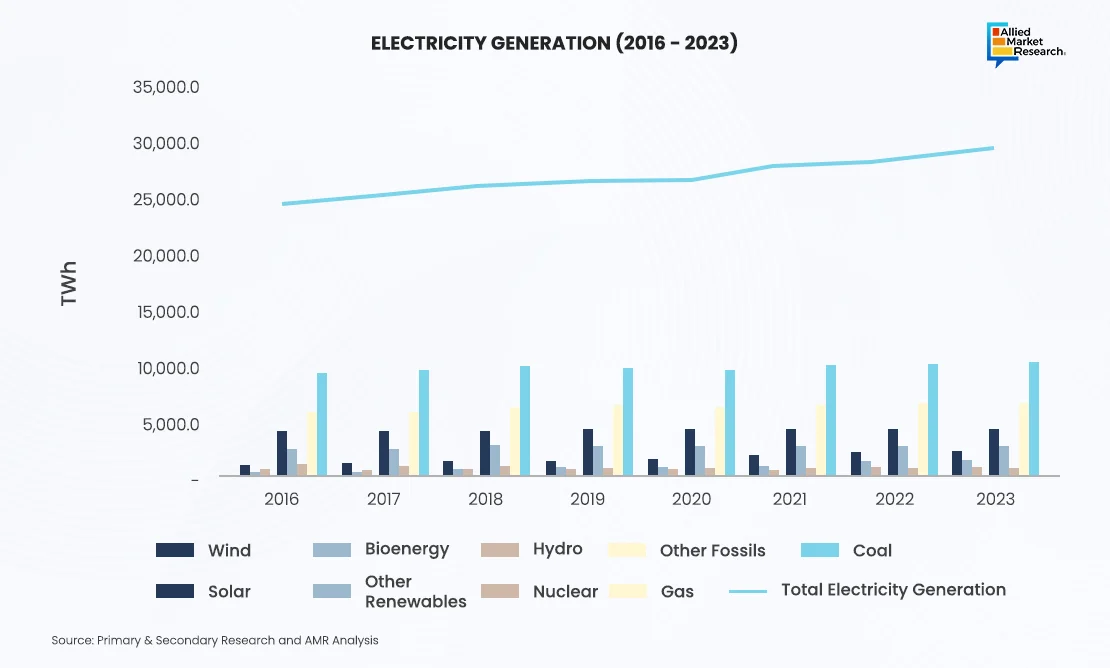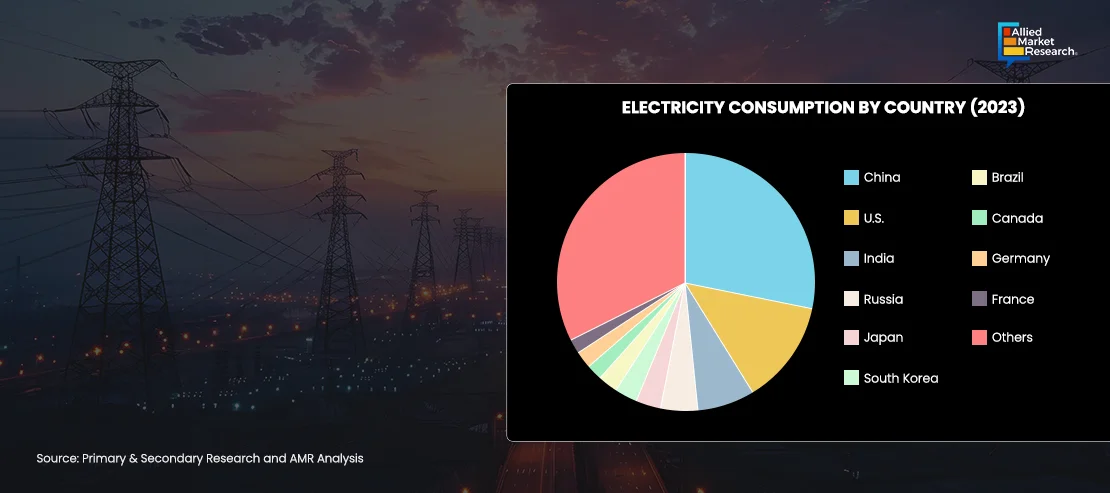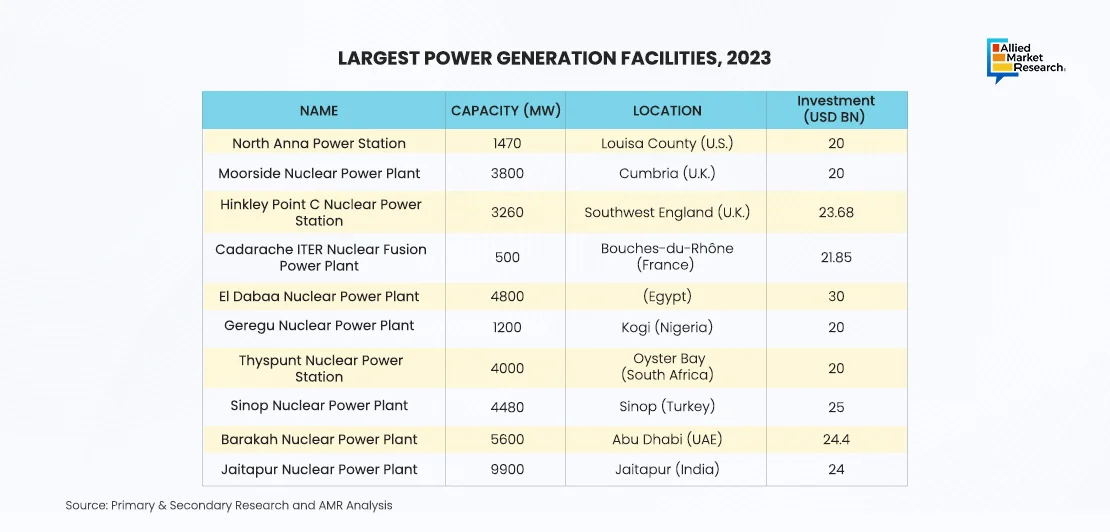Table Of Contents

Yerukola Eswara Prasad

Koyel Ghosh
Turbo Generators: An Understanding toward Electric Future

A turbo generator is a device that combines a turbine and an electric generator to convert mechanical energy into electrical energy. The turbine, which is driven by steam, gas, or water, provides the mechanical force that rotates the generator. This rotational energy is then converted into electrical energy by the generator. Turbo generators are commonly used in power plants and various industrial applications. The speed of these generators is either:
- 1500 rpm or 3000 rpm at 50 Hz frequency with 2 or 4 poles
- 1800 rpm or 3600rpm at 60 Hz frequency with 2 or 4 poles
The rotary speeds of turbo generators are generally high, running at maximum operating speeds, and hence the rotors and other components are forged from chromium-nickel-steel, aluminum, steel, and other alloys. Due to the use of such high strength alloys, rotors can withstand high amounts of mechanical stress.
Turbo electric generators are basically used for electricity generation. Generally, these generators are used in electricity generation facilities such as thermal power plants, nuclear power plants, hydro power plants, gas power plants and so on. Additionally, large end-use industries such as chemical processing plants, cement producing plants, and others have their own in-house electricity generation plants which make use of different types of turbo generators. Furthermore, ships use these machines for electricity generation which in turn functions their propulsion systems and other 0n-board systems
Turbo generators are available in different types such as gas turbine generators, steam turbine generators and water turbine generators. Depending on the application specifications, appropriate turbine technology is incorporated. Turbo generators are used as they are highly efficient in converting mechanical energy to electrical energy, especially in large-scale operations. They provide a consistent and reliable source of electricity, essential for grid stability and industrial processes for a long period of time. Due to its high efficiency, simple incorporation, and long serviceable life, turbo generators are a preferred source of equipment in electricity generation globally. The global turbo generator market is anticipated to grow by more than 4.6% between 2023 to 2032.
These dynamos are used in thermal, nuclear, hydro, and other types of power generation facilities. To provide some perspective, the table below highlights the largest power generation facilities worldwide:
Key Metrics for Assessing Turbo Generator Demand
Exponential rise in electricity needs
The global economy is increasing its dependency on electricity. Increasing environmental awareness related to greenhouse gas emissions from different end-use sectors is one of the primary reasons for the shift toward clean electricity. In addition, technological advancements in energy sectors like solar, wind, nuclear, and hydro are driving increased demand for renewable energy across various applications. Developing economies experiencing rapid industrialization see significant increases in electricity consumption as new factories and industrial plants come online. Similarly, in developed economies, the need to upgrade and modernize existing infrastructure is fueling industry growth.

Activity, higher commercial activity, and greater household consumption, all of which drive up electricity demand. Mature markets are experiencing steady growth due to technological advancements and the gradual electrification of transportation. Developing economies, driven by rapid industrialization, are seeing significant increases in electricity consumption as new factories and industrial plants come online. The rise of electric vehicles is expected to further boost electricity demand. According to the International Energy Agency (IEA), global electricity demand will grow significantly, spurred by emerging economies and increasing electrification.

The figure above illustrates that China, the U.S., and India collectively accounted for over 48% of global electricity consumption in 2023. As major industrialized economies and key global manufacturing hubs, these three countries are significant contributors to this high level of energy usage. Also, China and India have a large population base, serving various commercial application sectors. Due to these factors, almost 50% of the global electricity demand is in these countries. In 2023, coal-based electricity held the largest share of production, followed by gas and hydro-based electricity. Power plants primarily utilize steam turbine generators and gas turbine generators for electricity generation.

Coal is one of the largest energy sources, contributing to more than 35% of the energy generated globally in 2023. Fossil fuels such as coal, natural gas, and oil are widely available and have established supply chains. This makes it easier to source the fuel needed for thermal power plants. Thermal power plants can provide a stable and continuous supply of electricity, making them ideal for base load power generation, which is the minimum level of demand on an electrical grid over a span of time. They can be scaled up to produce large amounts of electricity to meet the needs of large urban centers and industrial regions. Continuous advancements in technology have improved the efficiency and environmental performance of thermal power plants, such as supercritical and ultra-supercritical boilers.
Focus on new electric projects
To meet the ever-increasing electricity demand, new power generation facilities are being announced gradually. Mostly, thermal and nuclear power plants are predominantly being announced due to the compatibility with existing infrastructure. Rapid economic growth in countries such as China, India, and other regions in Asia and Africa is anticipated to substantially boost electricity demand. This increase will be significantly driven by industrial expansion and urbanization. Additionally, technological advancements and the proliferation of data centers, cloud computing, and telecommunications are contributing to the surge in electricity consumption.
Below are some of the new nuclear projects in pipeline

The above mentioned new nuclear power facilities in different countries are estimated to meet the energy requirements of the population in the near future. The largest among these, is located in India, with an electricity generation capacity of 9.9 GW. This project is anticipated to meet the electricity requirements of almost 15% of the country's population.
Innovations and Agreements in Turbo and Wind Generator Technologies
Azad Engineering has entered into an agreement with Defence Research and Development Organisation Labs (DRDO) for the installation of gas turbo generators. According to this agreement, Azad Engineering will manufacture, assemble, and integrate the gas turbines at their designated facility, with deliveries scheduled to begin by 2026. This agreement was made in May 2024.
Saffran Helicopter Engines has signed an agreement with Electra to develop a turbo generator propulsion system for Electra’s nine-passenger hybrid-electric short takeoff and landing (eSTOL) aircraft. Under this agreement, Saffran will integrate a 600-KW turbo generator, based on its Arrano turboshaft engine, into Electra Aero’s hybrid aircraft. This collaboration between the companies is expected to accelerate the development of the hybrid aircraft industry in the coming years. This agreement was finalized in June 2023.
In October 2022, Brazil-based WEG installed India’s first 4.20-MW wind turbine generator. These wind turbine generators (WTG) were installed by M/s Woodbriar Estate Limited. Due to this project, the regional power grid is connected to renewable energy sources, thereby resulting in lower carbon emissions. The installation on WTG demonstrates the success of wind turbines in the region which further motivates wind power project investors.
Allied Market Research thoroughly explores turbo generators and related products to offer vendors detailed insights into the evolving landscape. Our reports provide comprehensive information on technological advancements, market trends, and government initiatives. This information assists businesses in incorporating the best materials into their manufacturing processes for turbo generators. Contact our experts today to learn more about the materials and chemicals industry!

